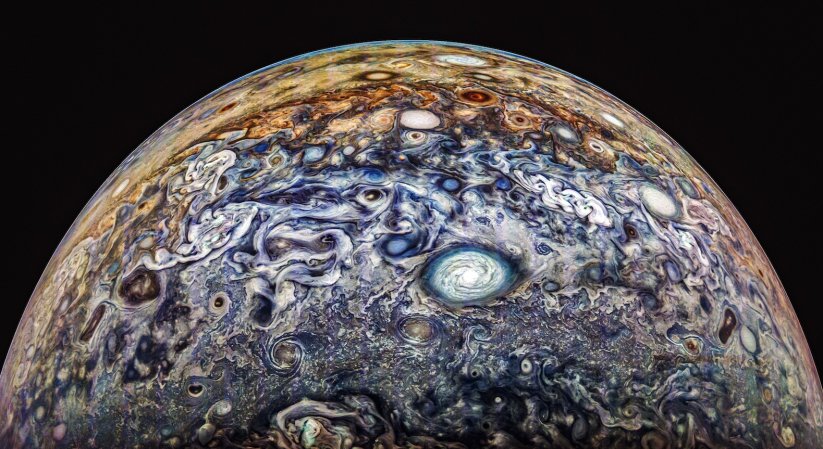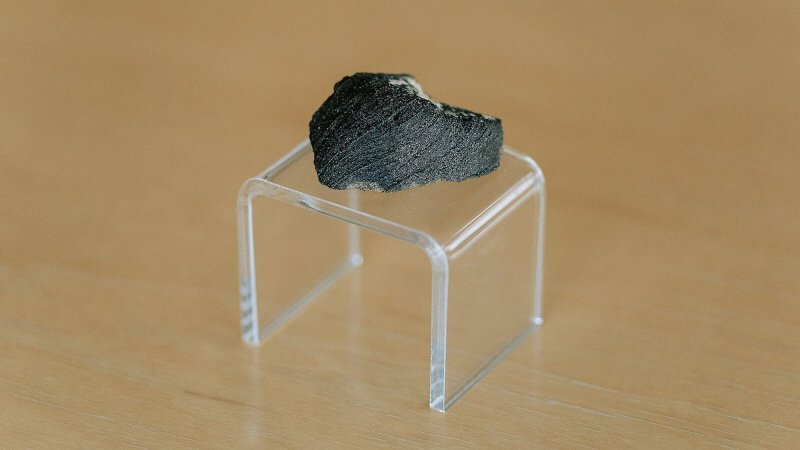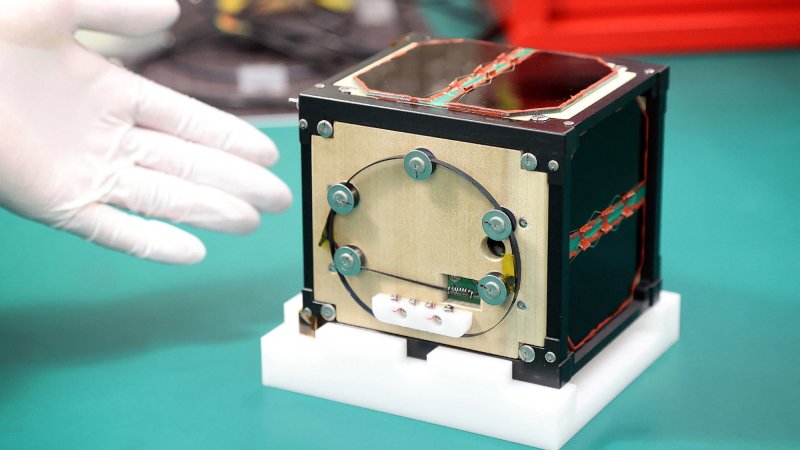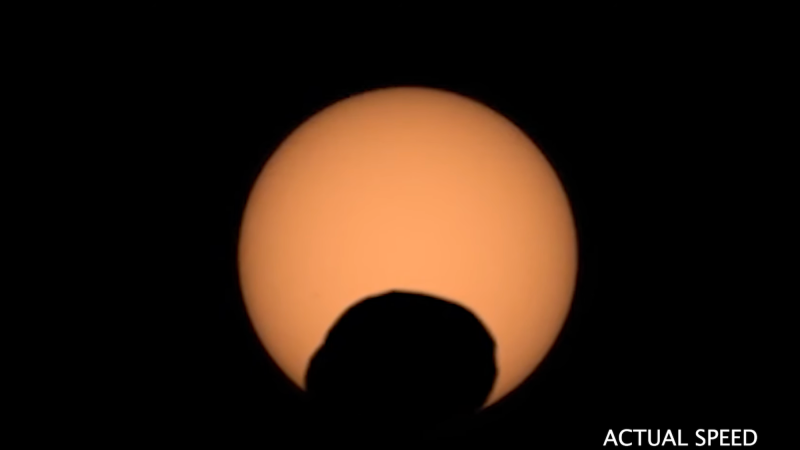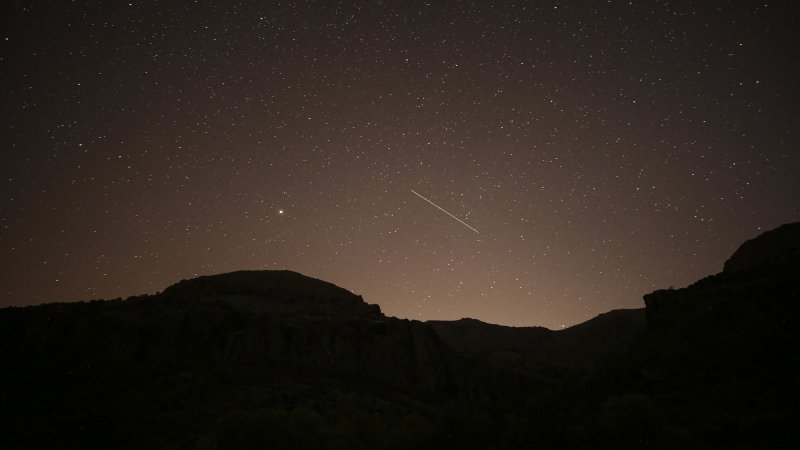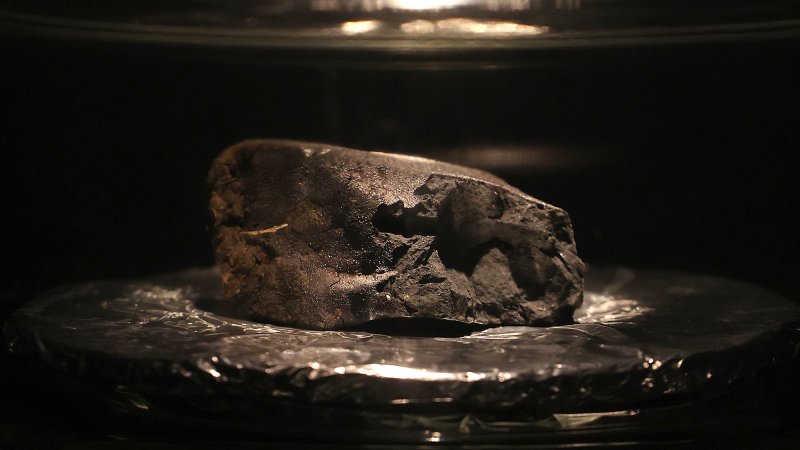Space
The latest discoveries from space agencies and astronomers as they explore galaxies, black holes, exoplanets, and more. Also learn about night sky watching events right here on the home planet.
Explore Space
Latest in Space
Get the Popular Science newsletter
Breakthroughs, discoveries, and DIY tips sent every weekday.
By signing up you agree to our Terms of Service and Privacy Policy.



